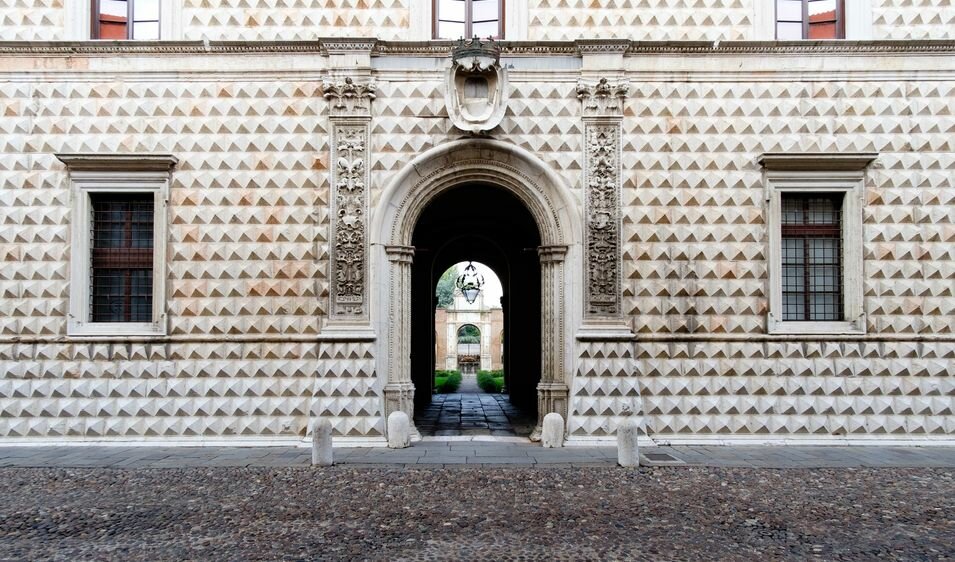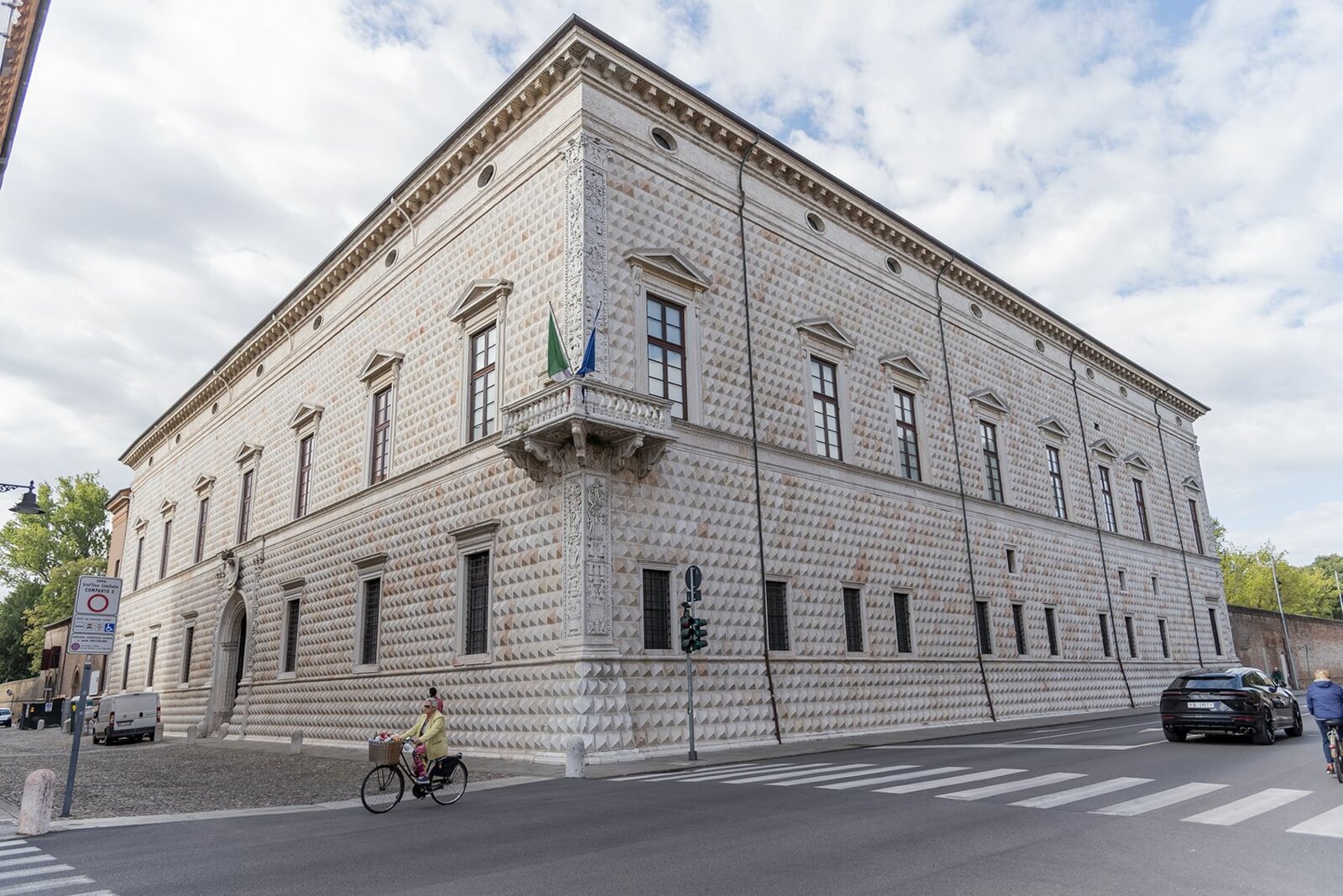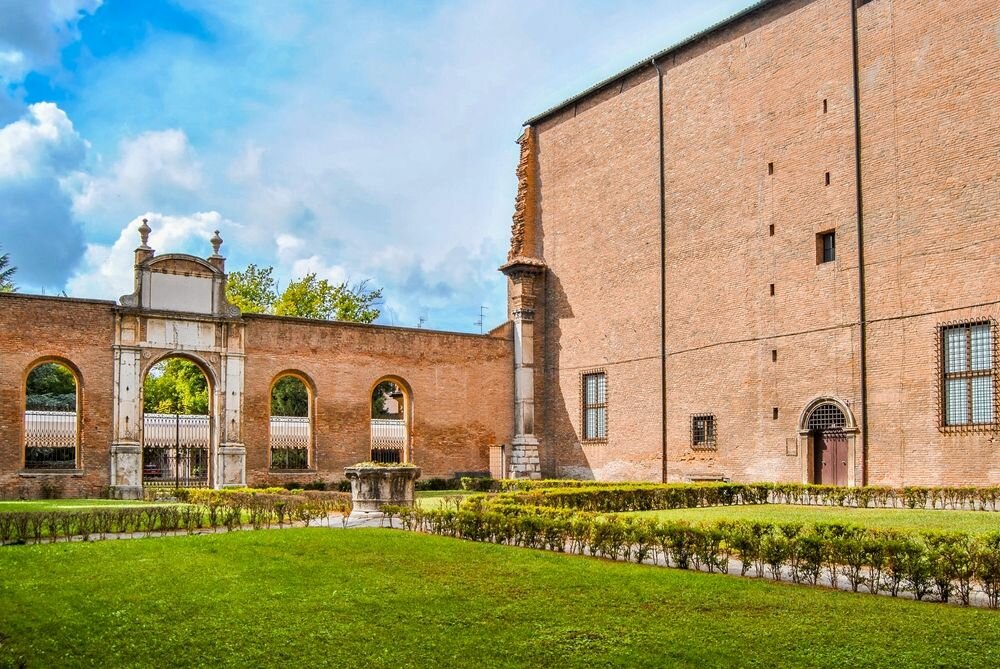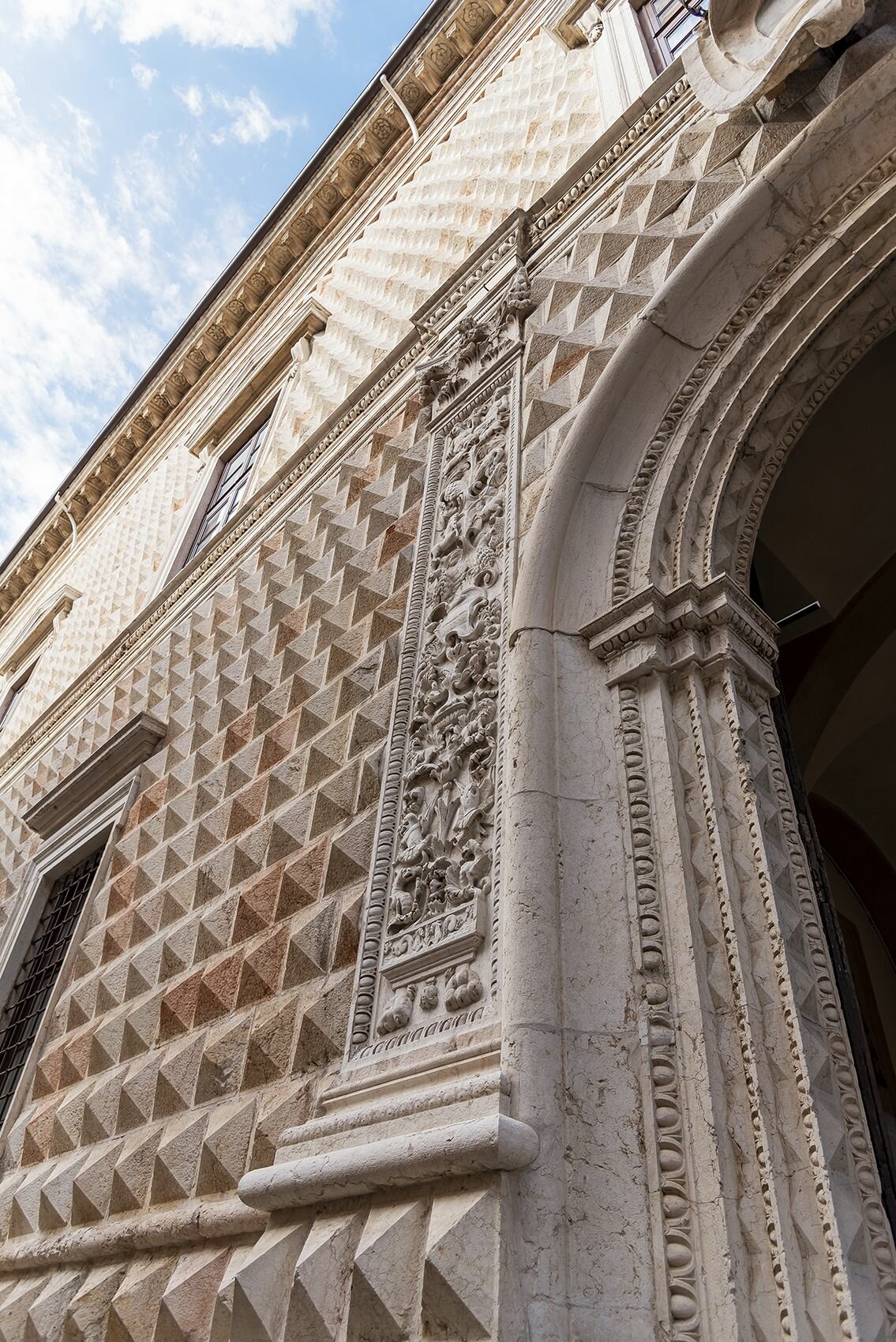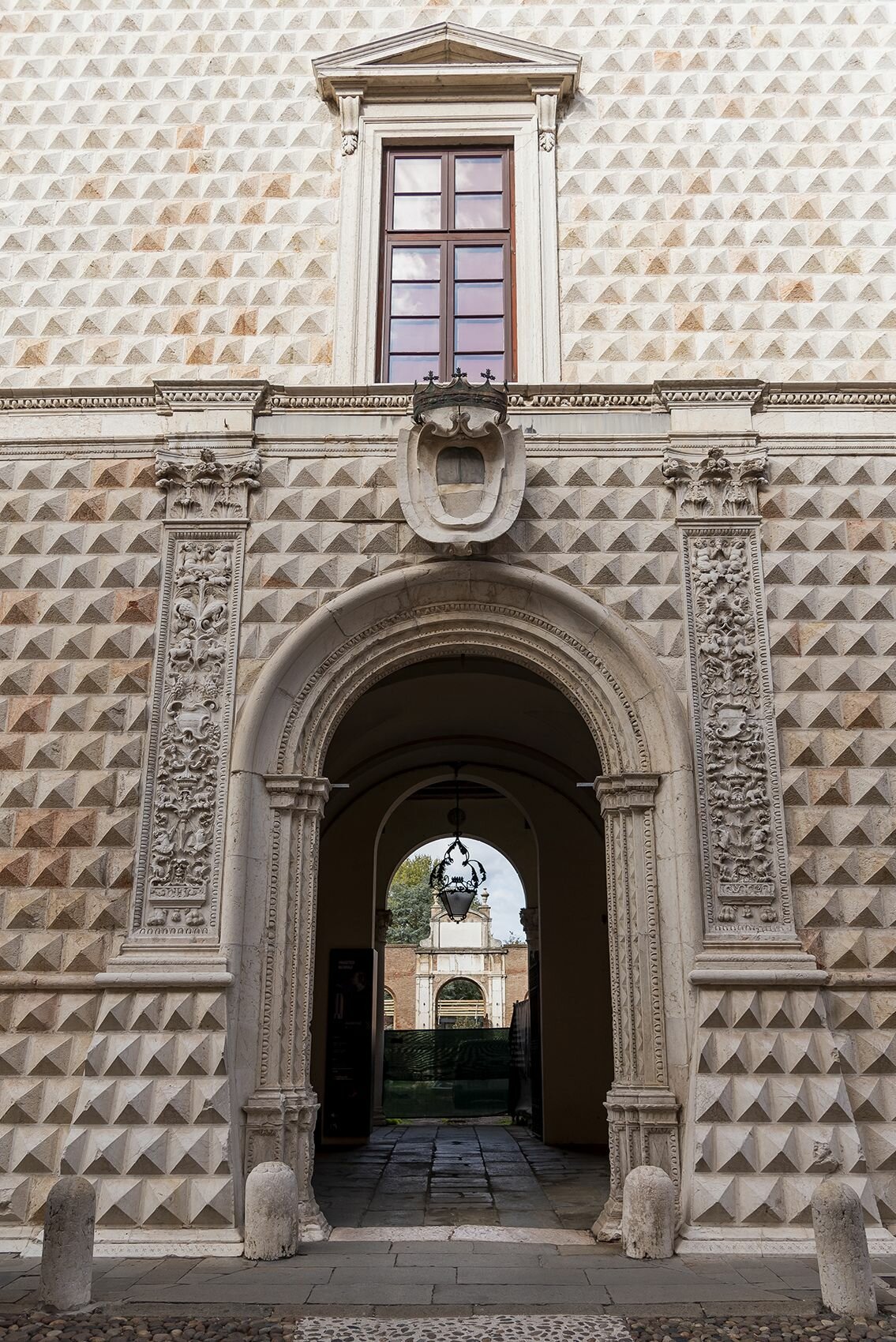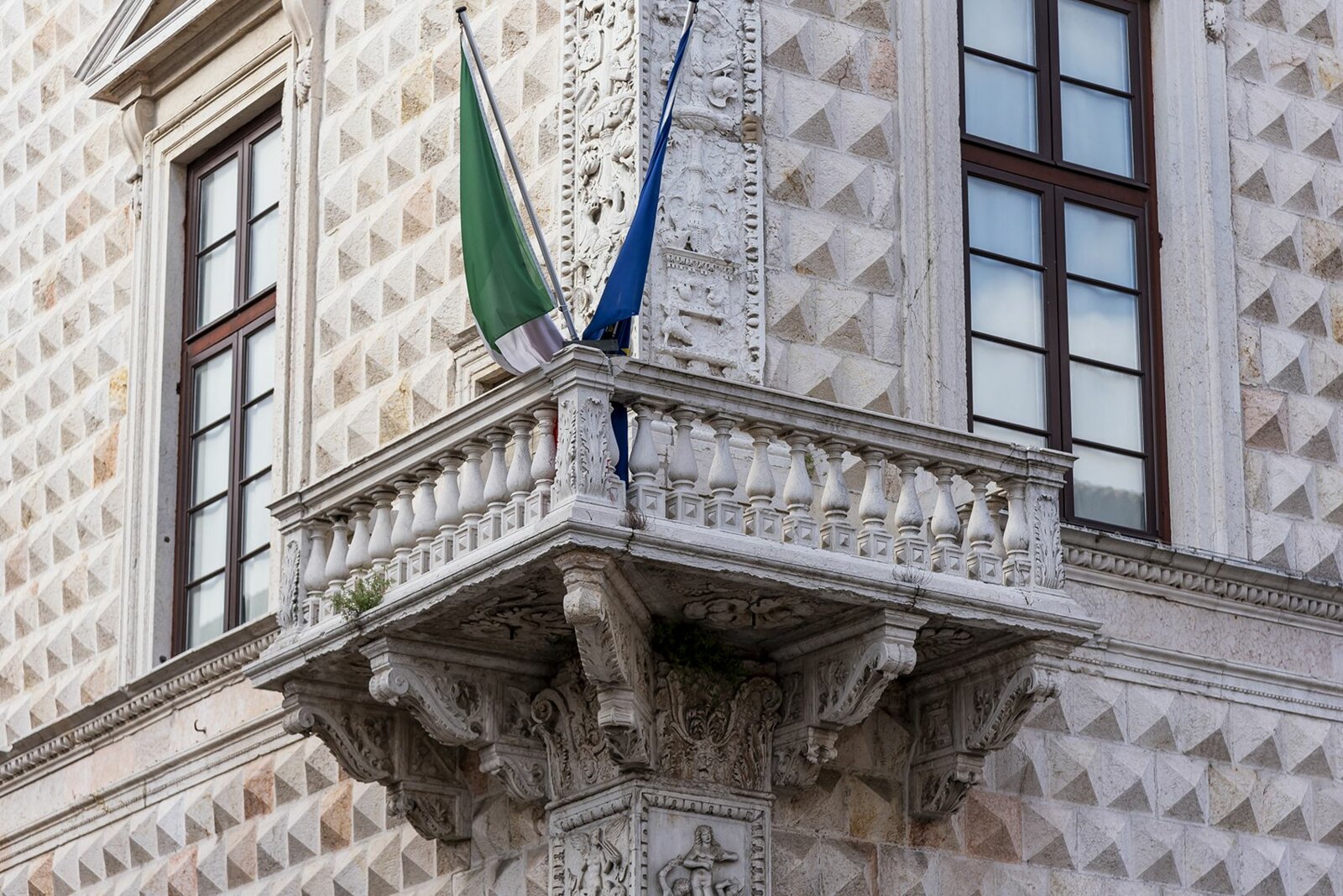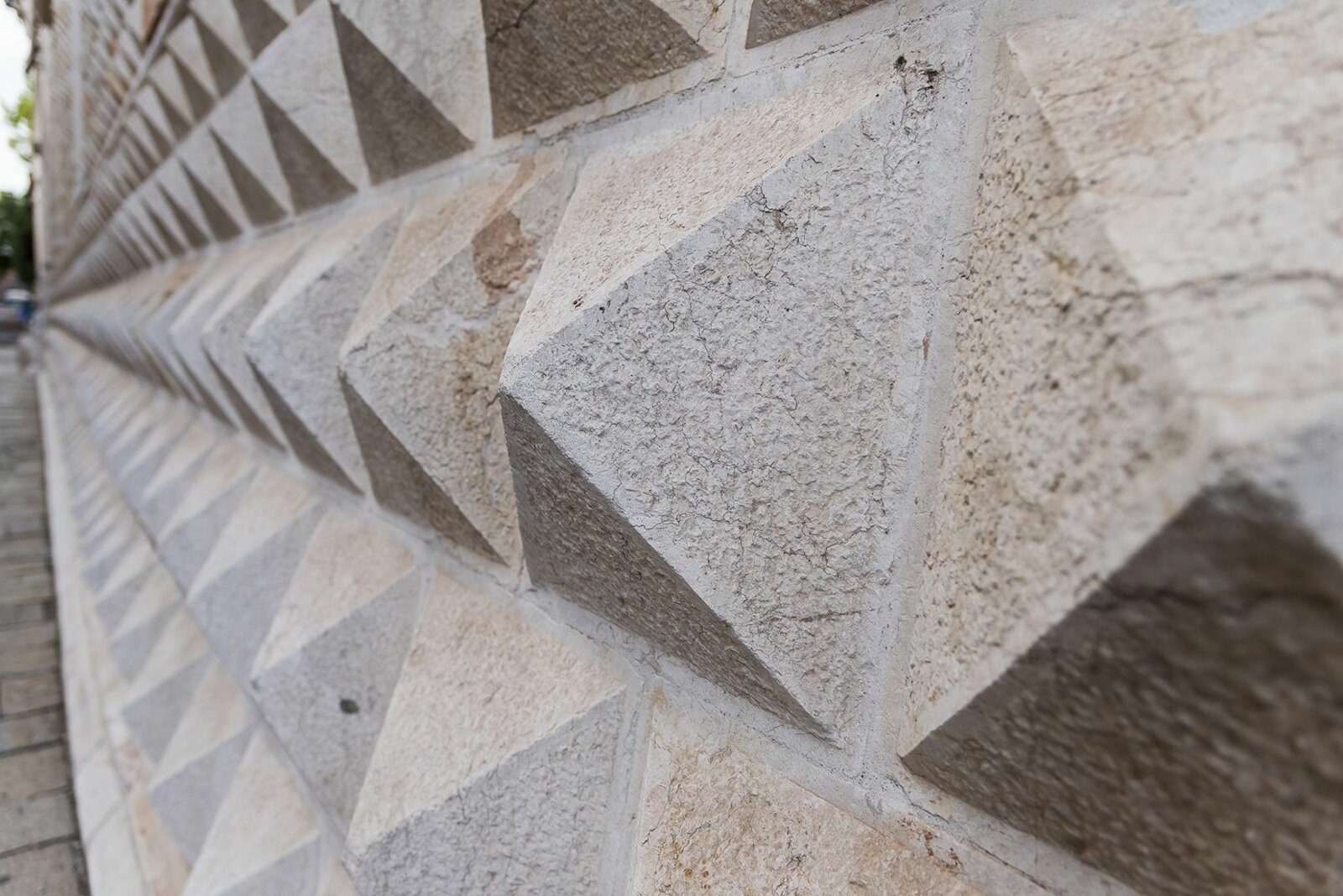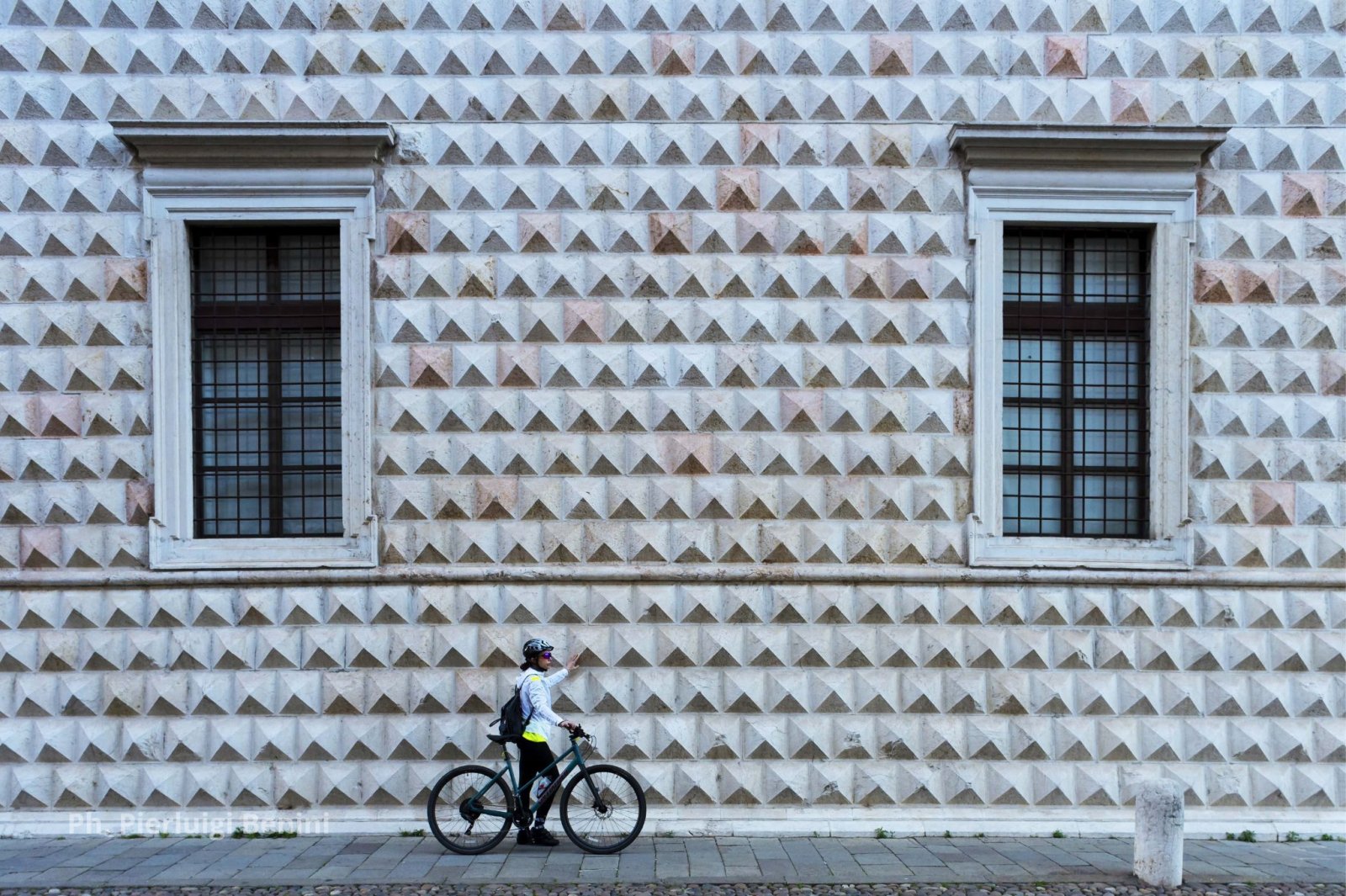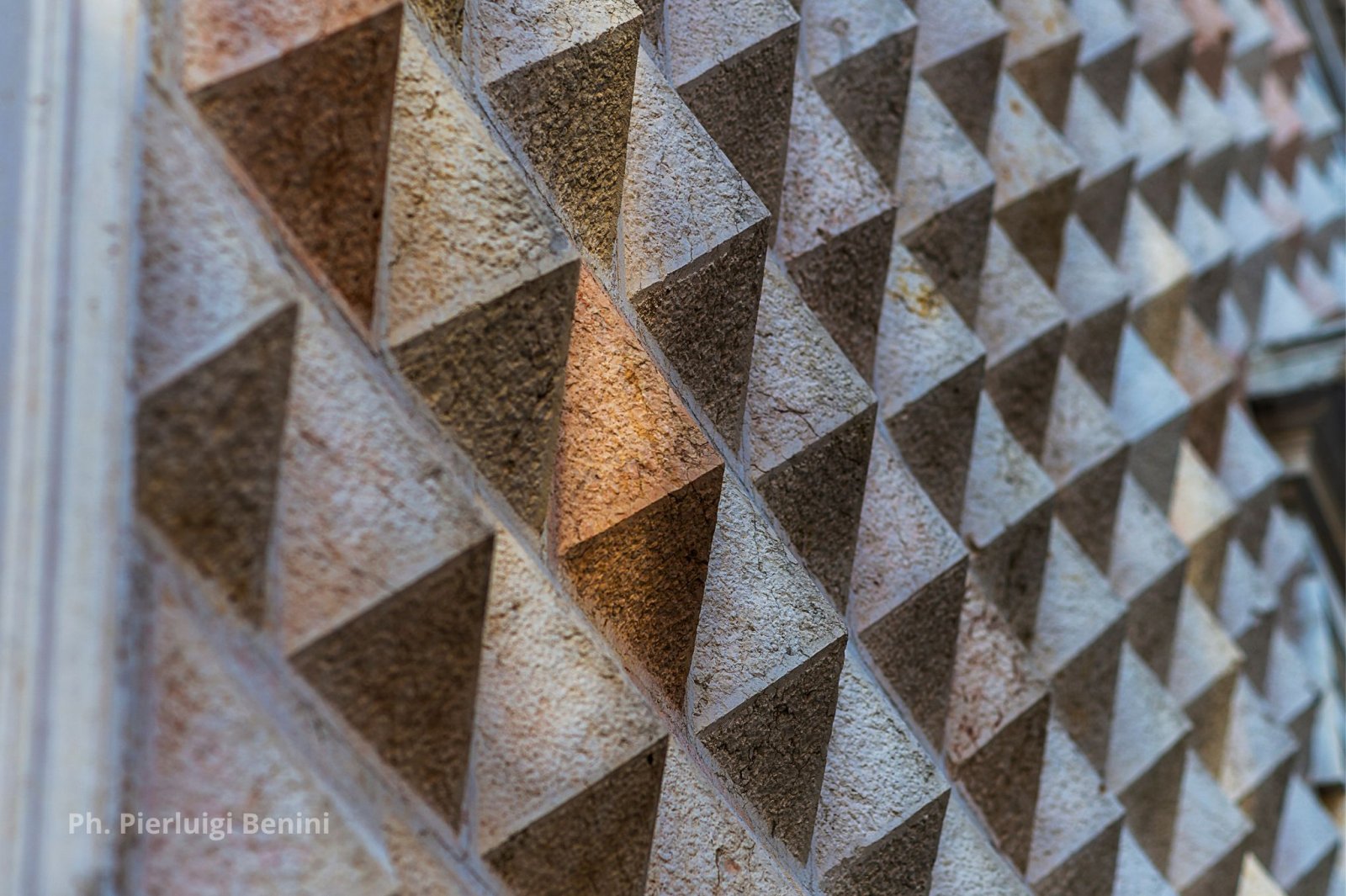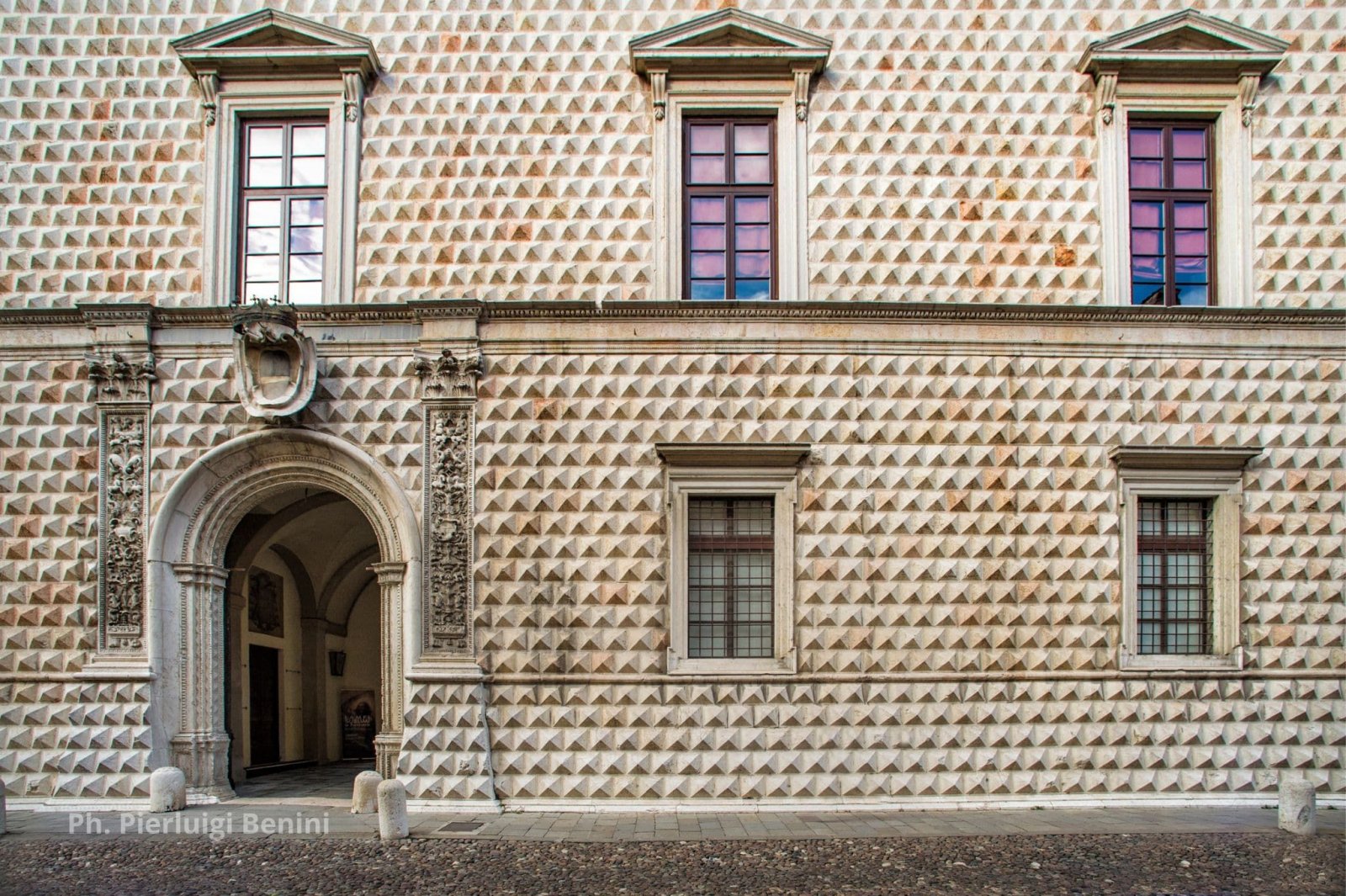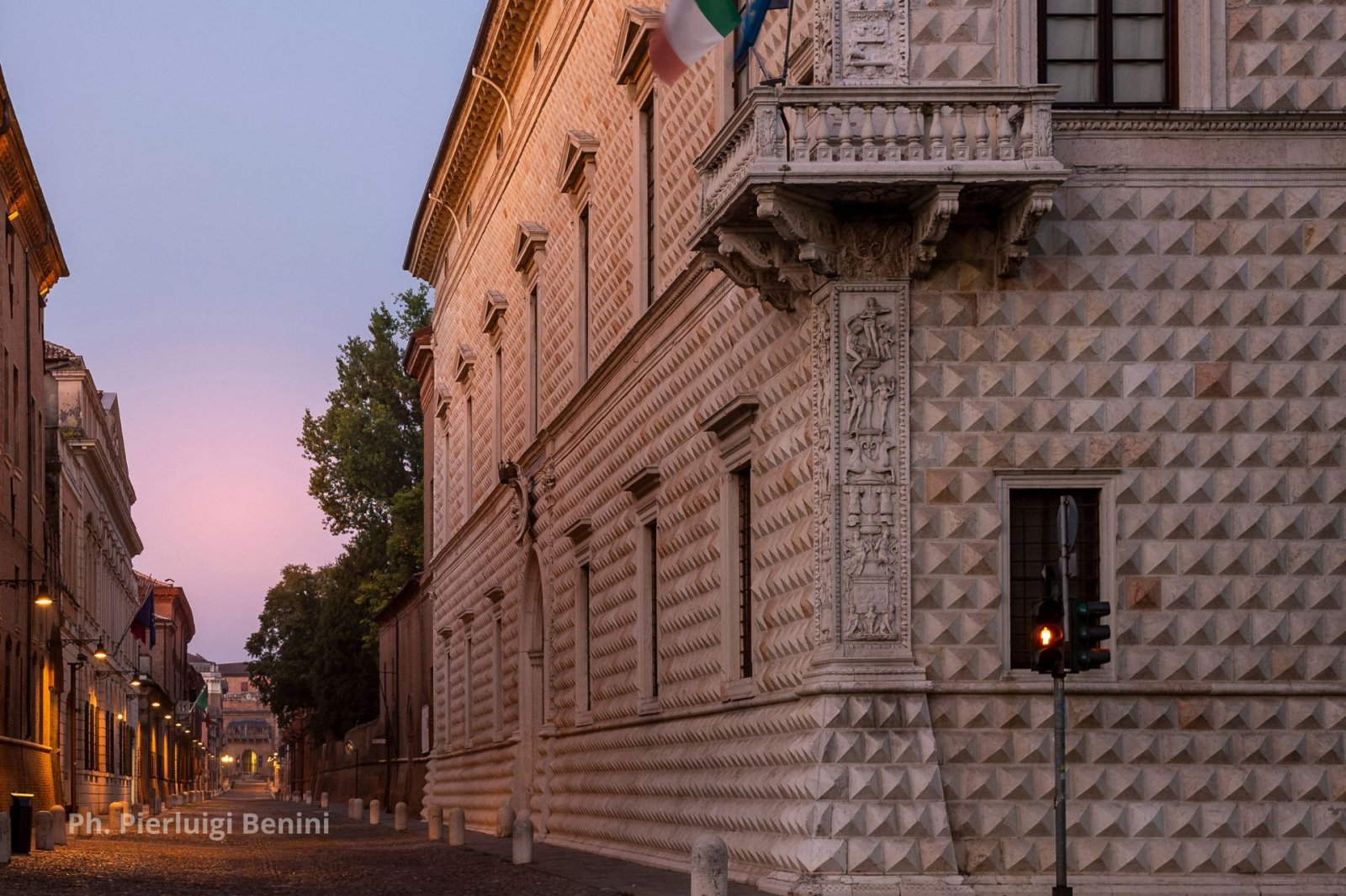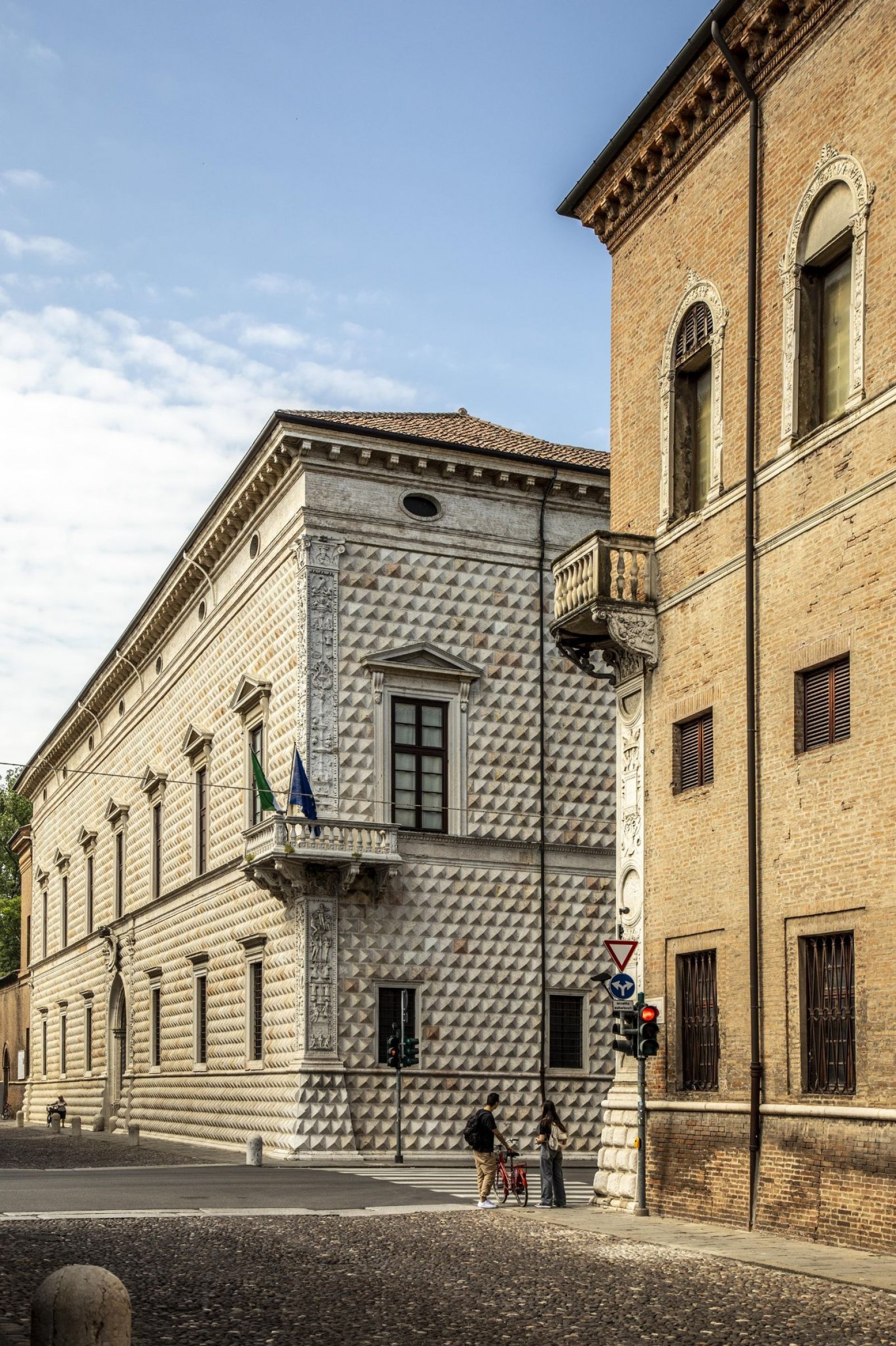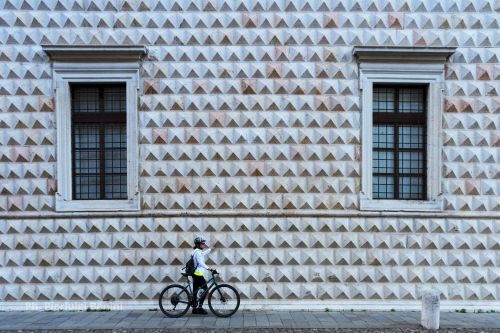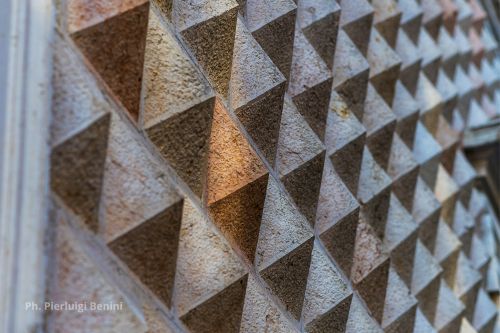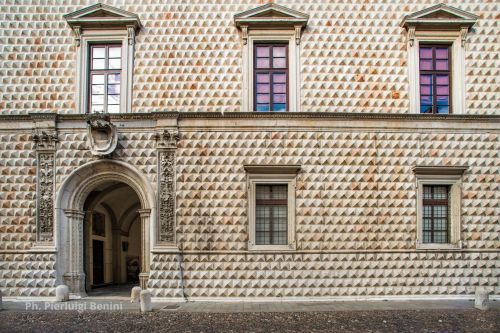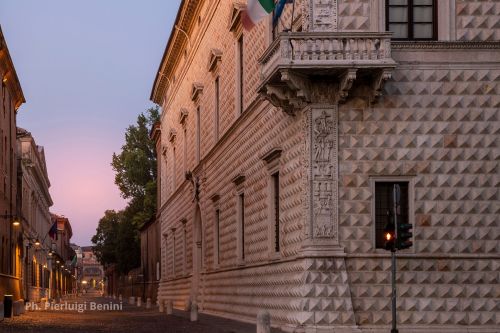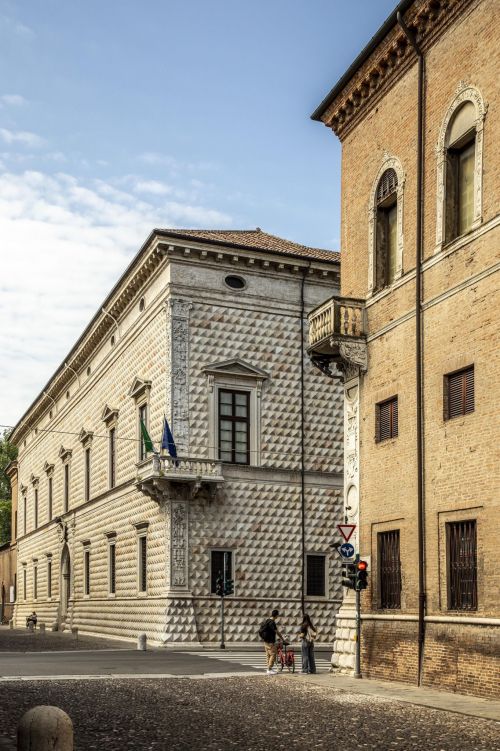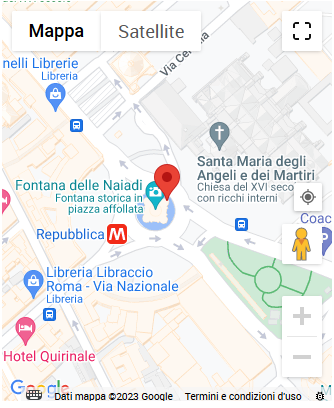Potrebbe interessarti anche

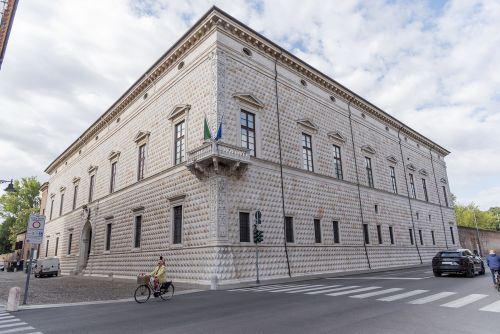
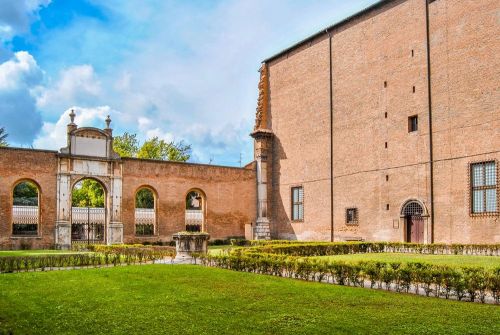
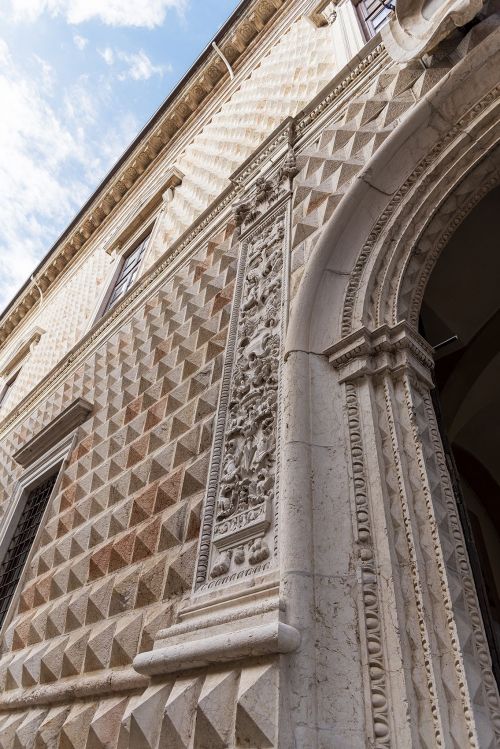
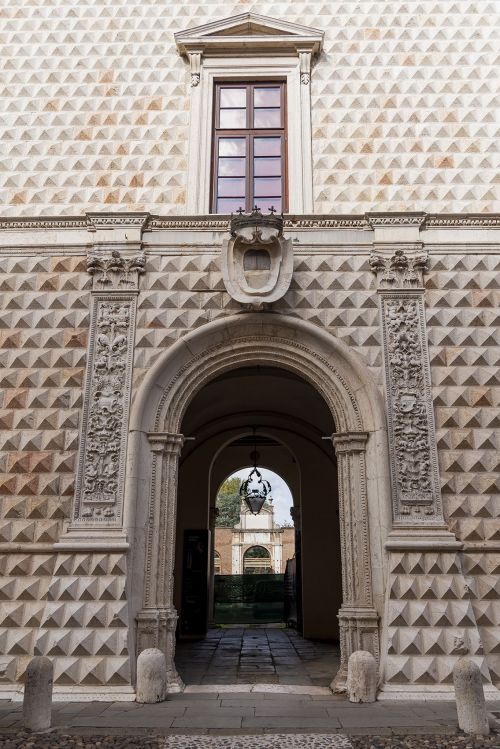
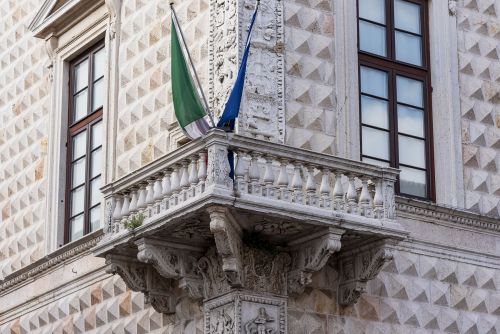
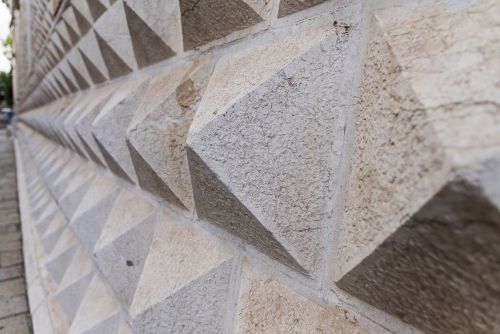
Palazzo dei Diamanti
Palazzo dei Diamanti or Palace of the Diamonds is one of the symbols of Ferrara in the world, which you have surely happened to see in photo shoots or on TV. This striking palace is named after the more than 8,500 blocks of white and pinkish marble that cover its outer walls. Since 1991, the building has been a venue for major modern and contemporary art exhibitions organized by Ferrara Arte. These are held in the purpose-built spaces on the ground floor while on the second floor the building houses the Pinacoteca nazionale di Ferrara, which holds an exceptionally valuable historical art collection.
Palazzo dei diamanti - Historical Notes
The history of the Palazzo dei Diamanti is inextricably linked to that of the Addizione Erculea, a true ante-litteram city-planning scheme carried out between 1492 and 1510. The latter earned the city’s title Ferrara, City of the Renaissance in the UNESCO World Heritage List in 1995.
Following the war with Venice in 1484, Ercole I d'Este became convinced that the city walls needed to be strengthened. For this ambitious project, the duke entrusted the entire city to the architect Biagio Rossetti, who not only rebuilt the city walls but totally remodelled the city's urban fabric, giving birth to the Addizione Erculea.
The Palazzo dei Diamanti was commissioned by Sigismondo d'Este, brother of the duke, and Biagio Rossetti decided to include it as a pivotal element of the so-called Quadrivio degli Angeli, the heart of the Addizione. The ashlar of pink and white marble, which creates a fascinating play of light and shadow throughout the day, appears to have been carved from a single block of marble. This is obviously not the case, but we challenge you to find the connecting cracks between one block and the next!
In the following centuries, Palazzo Diamanti was intermittently inhabited by the Este family until the devolution of Ferrara to the Holy See, only to be later sold to the Villa family. In 1842, it was finally purchased by the City of Ferrara, which decided to house the Pinacoteca and the Ateneo Civico there.
Unfortunately, during the bombings of 1944, the building was damaged and most of the artworks kept in the storerooms was lost.
Palazzo dei Diamanti - The Visit
The ground floor of Palazzo Diamanti is a space designed to host temporary exhibitions. As you visit each exhibition you will discover interesting and original settings that make it unique. On the second floor, on the other hand, you will find the splendid collection of the Pinacoteca Nazionale di Ferrara.
You may not know about...
THE HIDDEN DIAMOND. Legend has it that inside one of the marble “diamonds” is a real diamond, taken from the crown of Ercole I d'Este. Only the duke and his foreman knew its exact location, and it is said that, for fear that the secret would be revealed, the Duke cut out the foreman’s tongue and blinded him. In theory, the diamond was not placed randomly but rather at a point of rare concentration of telluric energies and astral influences.
ASTROLOGY IN THE QUADRIVIO DEGLI ANGELI. The project behind the Addizione Erculea is full of astrological symbolism designed to celebrate the figure of Hercules I d'Este. Palazzo Diamanti coincides with the duke's medium coeli, or the highest point in the sky relative to his birth coordinates, his zenith, symbolizing his magnificence.
MODEL FOR DISTANT PALACES. The Palace of Diamonds was a major inspiration for the construction of the famous Palace of Facets in Moscow’s Kremlin, commissioned by Ivan the Great and designed by architects Marco Ruffo and Pietro Antonio Solari.

